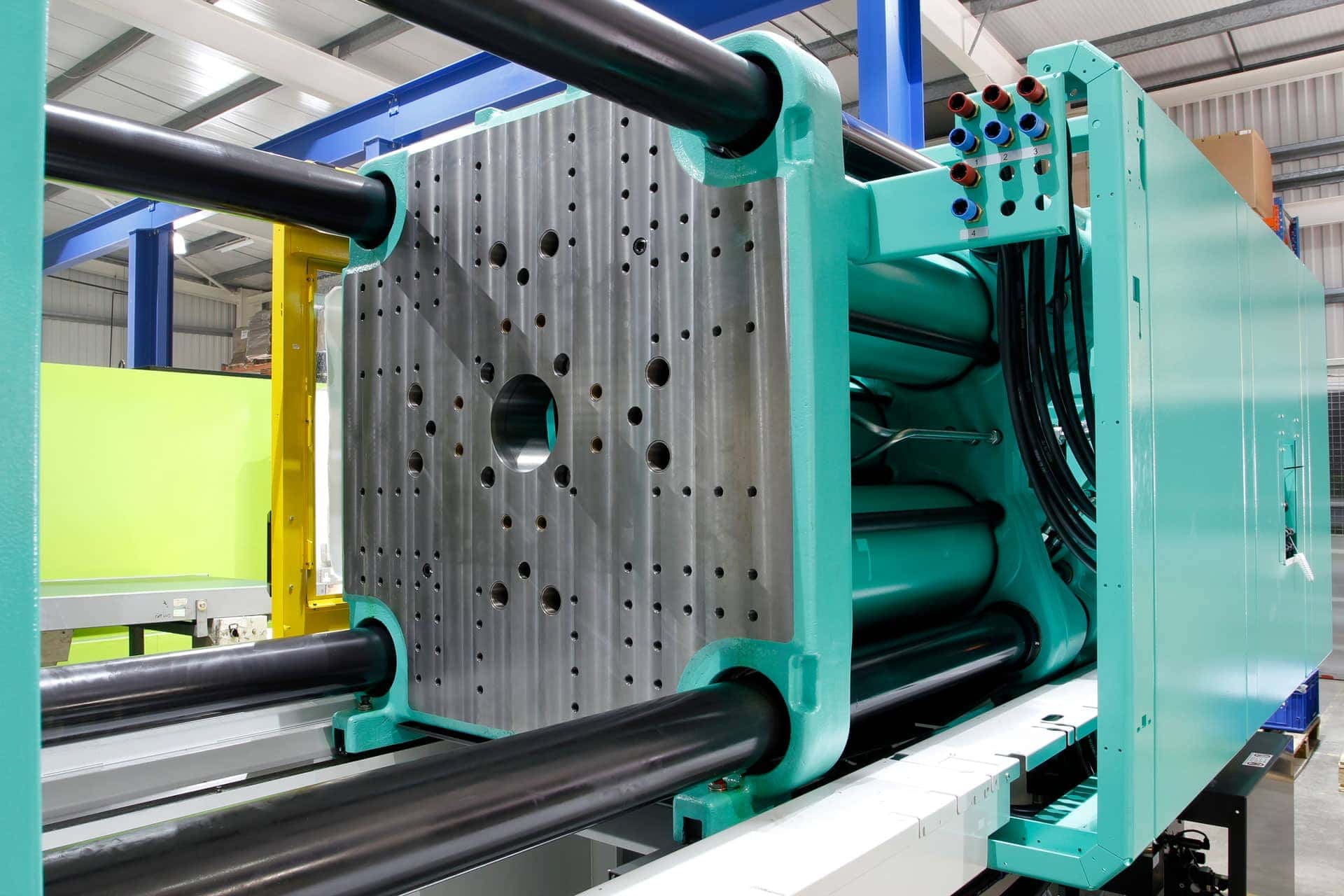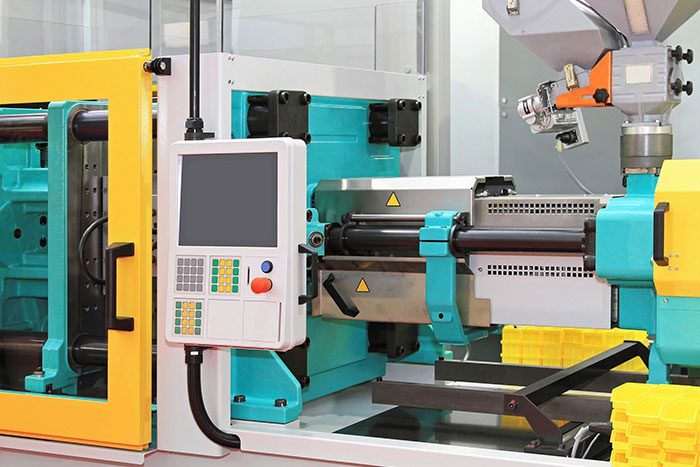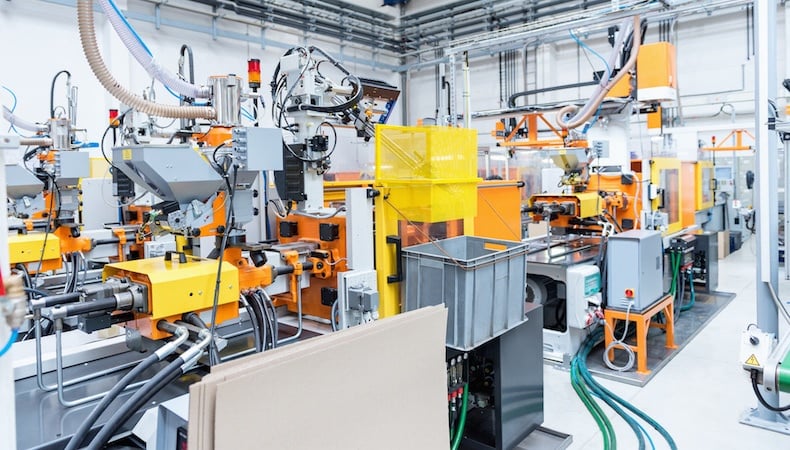Plastic Injection Molding: A Comprehensive Overview to Modern Production Techniques
Plastic Injection Molding: A Comprehensive Overview to Modern Production Techniques
Blog Article
Understanding the Fundamentals of Plastic Injection Molding Procedures
Plastic injection molding offers as a cornerstone of modern production, providing a methodical approach to creating complicated elements with accuracy. Discovering these important components might expose just how even small modifications can lead to significant renovations in production outcomes, increasing inquiries about the capacity for development in this well established procedure.
What Is Plastic Injection Molding?
Plastic shot molding is a widely utilized manufacturing procedure that changes thermoplastic and thermosetting products right into precise and complex forms. This technique is preferred for its ability to produce high volumes of the same get rid of extraordinary precision, making it a vital approach in different markets, consisting of vehicle, durable goods, and clinical gadgets.
The procedure entails melting the selected plastic product and injecting it into a mold and mildew under high stress. The mold, made to the specs of the desired component, permits the molten plastic to materialize as it cools down and solidifies. Once the product has actually hardened, the mold is opened, and the finished part is expelled.
Plastic injection molding provides numerous benefits, consisting of lowered waste, consistency in production, and the capability to integrate elaborate designs that may be testing with various other manufacturing methods. Additionally, it sustains a wide series of materials, each giving distinct residential or commercial properties that can be tailored for details applications. As industries proceed to innovate, plastic shot molding stays at the center, allowing the growth of advanced items that meet evolving customer demands.
The Shot Molding Refine
The shot molding process is an advanced technique that involves several vital stages to produce top notch plastic parts. At first, plastic pellets are fed into a heated barrel where they are merged a viscous liquid. This molten plastic is after that injected under high stress into a precision-engineered mold and mildew, which forms the material into the wanted kind.
As soon as the mold is filled, the plastic is permitted to solidify and cool, taking the shape of the mold and mildew tooth cavity. Cooling time is crucial, as it affects the cycle time and the last buildings of the shaped part. After enough cooling, the mold and mildew opens, and the finished part is ejected making use of ejector pins.

Materials Utilized in Shot Molding
Different products can be used in the shot molding process, each offering distinct properties that satisfy details applications. The most frequently utilized materials include thermoplastics, thermosetting plastics, and elastomers.

Thermosetting plastics, like epoxy and phenolic resins, go through a chemical modification during the treating process, causing a stiff, inflexible structure. These products are perfect for applications needing high warmth resistance and structural honesty, often used in electrical insulators and automotive parts.
Elastomers, consisting of silicone and rubber-based products, supply versatility and durability. Their one-of-a-kind properties make them suitable for applications that demand elasticity, such as gaskets and seals.
In addition, specialty materials like bio-based plastics and composites are getting grip for their ecological benefits and enhanced performance qualities, expanding the extent of injection molding applications in various markets. Comprehending the buildings of these materials is essential for selecting the suitable type for particular jobs.
Advantages of Injection Molding
Injection molding sticks out as a very reliable manufacturing process that offers countless advantages for generating complicated get rid of accuracy. One of one of the most substantial advantages is the capability to produce elaborate styles that would be difficult or difficult to achieve with other approaches (Plastic Injection Molding). The procedure permits for thorough functions and tight resistances, making certain high-grade elements
Additionally, shot molding is understood for its rapid manufacturing capacities, making it a suitable choice for high-volume production. When the mold is developed, parts can be generated swiftly, decreasing preparations and boosting overall performance. This effectiveness not just reduces manufacturing expenses but likewise provides an one-upmanship in the market.
The adaptability of materials utilized in injection molding better boosts its charm. A variety of thermoplastics and thermosetting polymers can be utilized, enabling suppliers to choose products that best satisfy their certain demands, including toughness, warmth, and versatility resistance.
In addition, the process lessens waste, as excess product can often be recycled and reused. This sustainability element adds to a decreased environmental influence, making shot molding a responsible manufacturing selection. Overall, the advantages of injection molding make it a favored approach for many industries.
Elements Impacting Item Top Quality
While countless factors check my blog can influence product quality in injection molding, understanding these aspects is crucial for achieving optimal outcomes. Secret facets consist of product selection, refining parameters, and mold design.
Product option plays a vital role, as different polymers display one-of-a-kind homes that affect flowability, stamina, and thermal security. Poor product option can cause flaws such as bending or incomplete filling.
Processing parameters, consisting of pressure, cycle, and temperature level time, need to be thoroughly managed. Variations in these setups can lead to disparities in part measurements and surface area finish. Exceedingly high temperatures might trigger degradation of the polymer, while inadequate pressure can result in brief shots.
Mold style is similarly important, as it figures recommended you read out the circulation of the molten plastic and the cooling procedure. Poorly made mold and mildews might cause uneven cooling prices, leading to recurring anxieties and dimensional mistakes.

Final Thought
In final thought, plastic injection molding acts as a vital manufacturing process that enables the efficient manufacturing of high-grade parts. Proficiency of the injection molding process, consisting of the understanding of products and the influence of numerous elements on product quality, is vital for achieving optimum outcomes. The advantages of this technique, such as cost-effectiveness and design flexibility, more emphasize its importance across numerous markets, solidifying its status as a recommended option for high-volume manufacturing.
Plastic shot molding serves as a cornerstone of modern-day manufacturing, providing a systematic method to generating intricate components with accuracy.Plastic injection molding offers a number of advantages, consisting of decreased waste, consistency in production, and the capability to integrate elaborate layouts that may be testing with other making techniques (Plastic Injection Molding). As sectors continue to introduce, plastic injection molding continues to be at the forefront, making it possible for the development of article innovative products that satisfy evolving consumer needs
The injection molding procedure is an innovative method that entails several crucial phases to produce high-grade plastic elements.In verdict, plastic injection molding offers as a critical production process that makes it possible for the reliable production of top notch parts.
Report this page